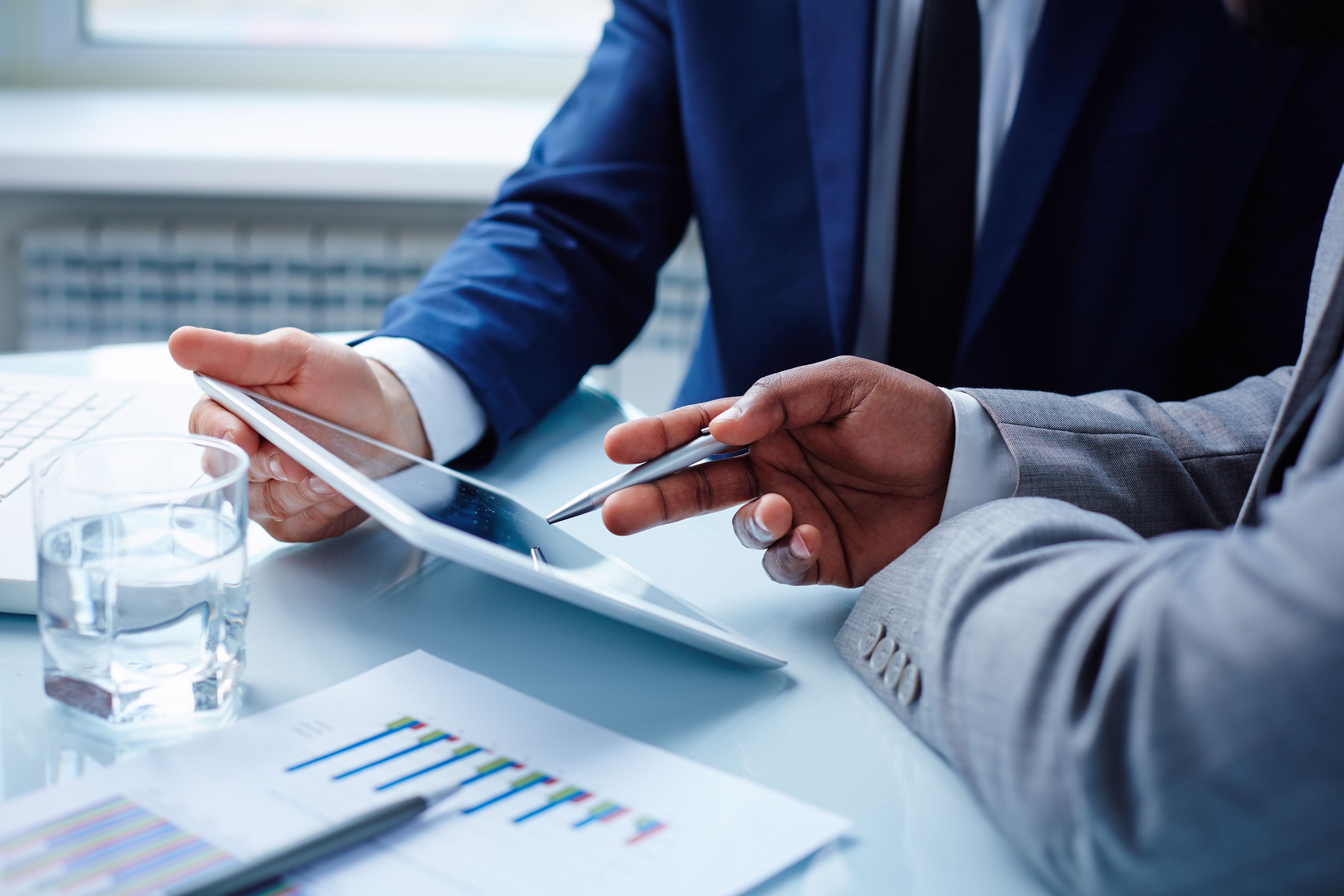The Scoop on Subscriptions: How Brands Are Using Membership Models to Drive Loyalty
Subscription and membership models have become a major force in the eCommerce space, driven by consumers seeking convenience and personalization.
.png)
Want more eCommerce revenue? Adding a subscription service to your eCommerce website can be a significant revenue driver. With monthly reoccurring revenue, optimizing your program will help boost online sales and increase customer lifestyle value.
In this episode of our eCommerce Tech Series, Project Manager Michael Lazarus gives a general overview of subscription services. Plus, he talks about the importance of taking the customer-centric approach and offering flexible options when managing eCommerce subscription programs.
In this episode, Michael discusses the following:
Visit the Shaping eCommerce Channel on Youtube to watch our full
eCommerce Tech Series. We release new videos each week, please like and subscribe.
(01:15) My background has primarily been in credit cards, technology, and POS systems. Currently, at IronPlane, I'm helping customers look at what they're trying to implement from what we call an MVP (minimum viable product). As well as implementing phases after that and adding functionality to help them achieve their business goals.
(01:54) At a high-level overview. Many people have subscriptions today and don't even know it - your newspapers, anything you're buying on a monthly basis, like TV or music. So any type of recurring revenue that's happening on a regular basis, is really a subscription. What we've seen over the last 10 to 15 years is that this has now moved into hard goods as well.
But now you've got wine clubs, cheese clubs, et cetera. You've got companies like Home Depot sending out light bulbs every year. There are all the new meal kits that are available. You can imagine all the different types of products you use on a regular basis that can turn into a subscription.
What I think businesses have realized over the last 15 years is that the cost of acquiring a customer is greater than keeping that customer. So they've come up with methodologies and strategies to keep that customer engaged, and that's why you've seen growth with subscriptions.
(03:33) I think it's across the board. As I said, there's the Wine-of-the-Month Club and Cheese-of-the-Month club. Whatever consumers buy on a regular basis can turn into a subscription.
But, again, it's really about taking that view, or at least the company's view, to acquire that customer and what is the customer lifetime value (CLV). How can I reduce my cost to acquire new customers and keep them? I think that is really what drives any type of subscription. Apple is doing it with news, and they're going to be doing it with hardware. There's really no stopping where it can be.
(04:45) The first thing to really think about is putting the customer at the center, not a product at the center. And what I mean by that is, a lot of these subscriptions start out very inflexible. So they gave you one product and that was it. No one could change anything. So that was all you could buy.
What I'm seeing now is a more customer-centric approach, like allowing customers to change the frequency of the purchase. Maybe I'm buying some type of diet supplement or food meal plan. So instead of buying on their schedule (the company), I'm ordering on my schedule. I don't want to buy two meals a week or three meals a week; maybe I only want meals every other week. The flexibility is what I think organizations need to focus on first - the strategy of how often and the quantity of the products.
(05:47) When looking at the platform, and when I say platform, there are two different pieces to it because there's setting up that subscription. What's that first engagement look like? Is it by phone? Is it an ad on TV or in a newspaper?
Then, the next piece is setting up the management of the program and offering flexible options like being able to pause or cancel subscriptions, et cetera.
(06:36) It's important to give the customer an opportunity to opt-out. We want to minimize that opportunity for the customer to voluntarily or involuntarily stop the subscription. When I say voluntarily, meaning they changed their address or the credit card failed, or they tried to pause their subscription and had a problem. Reducing any of that friction along the process is the subscription management piece. The goal is to keep the process as smooth as possible and keep that customer happy and engaged.
(07:39) It really depends on the scale of your business. If you've got 50 to 500 subscriptions, I believe you can build that on any of the platforms. The key here is when you're doing the subscription management piece or billing, that volume will determine what platform you should be on. Once you get over that 500 to a 1,0000 threshold, you want to start looking at having a dedicated platform to do that - that's going to better manage that processing.
(08:48) Once you get over the 1,000 to 2,000 threshold of processing orders per day, you really want to look at a platform that can integrate with any of these eCommerce platforms (like Magento or BigCommerce). That will bring you to a new level in terms of being able to do that upfront subscription engagement and management. As well as, starting to look at enhanced strategies in terms of revenue, recovery, and reducing voluntary churn.
Next, you will start moving up to a whole new level of engagement with customers using these platforms that are dedicated to running subscriptions and not just transactions. If you don't have the bandwidth to engage with customers at this higher level to increase your revenue and reduce the churn, then Magento or Shopify will do just fine. But once you start getting higher volume, you really want to look at more intelligent ways of keeping your customers, increasing that revenue, and reducing churn.
(10:13) Magento out-of-the-box does not have a module. There are quite a few modules out there, but those are going to leverage Magento to do the processing. And they're not necessarily going to give you that level of enhancement that I'm talking about. As you grow the business above that threshold, start looking at more intelligent ways of recovery and retention.
(11:42) The modules that are built on top of Magento don't necessarily have many of those enhanced features. When you get to these other platforms, they have numerous different things. For example, they have emails going out to remind customers or inform them, such as you're going to get billed in three days. Did your address change? Please update your credit card payment? We noticed last month we had an issue with one of your cards; please add another card to your profile?
There's a lot more of that automation intelligence that is built into these platforms than on these modules. These platforms are really integrated, or can be integrated, to almost any system and can be used for much more than just eCommerce. They're much more intelligent in the ways they can do things. They have open APIs, so no matter what platform you're using, you can integrate with them.
Are you ready to implement a subscription service to increase online sales with reoccurring revenue? We would love to discuss various ways we can help you boost eCommerce sales. Or develop a subscription program that fits your business needs and one that is tailored to your brand or product offerings. Connect with us now to schedule a free eCommerce consultation.
IronPlane is a full-service eCommerce agency specializing in platform design, development, and digital marketing. Our team of certified Adobe Commerce / Magento and BigCommerce developers designs and builds eCommerce solutions balancing client vision and functional requirements with business goals for a concrete return on investment. We have the expertise and resources to manage eCommerce migrations, upgrades, new site builds, custom integrations, managed hosting, and ongoing support. Connect now to schedule a free eCommerce consultation.

Subscription and membership models have become a major force in the eCommerce space, driven by consumers seeking convenience and personalization.

In Episode 6 of our eCommerce Tech Series, our team discusses user experience (UX) and conversion rate optimization (CRO) and offers insights into the critical components of the UX process for eCommerce development.

Choose the right eCommerce consulting agency for your business. Learn key factors to consider when comparing eCommerce consultants and services.